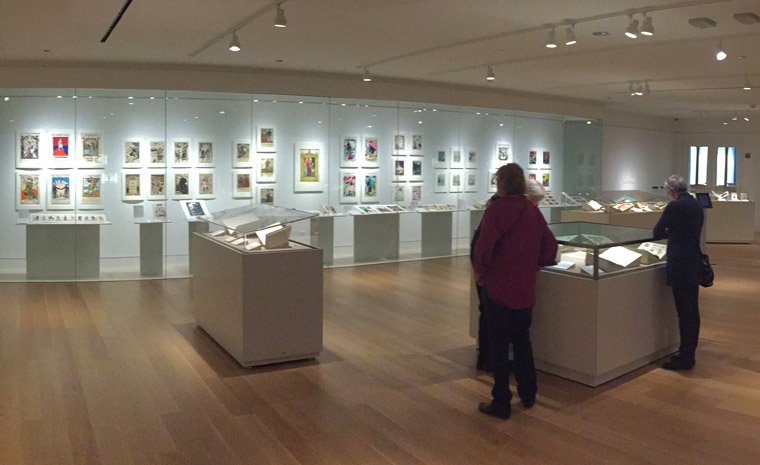The Traditional Jewish Wedding
Marriage is highly valued in Jewish culture and the wedding is one of the most important events in the life cycle. Images from the early eighteenth to the late nineteenth centuries show the variety of Jewish wedding traditions and customs that evolved in different countries across the years as religious ceremony and practices were adapted to the cultural context. These scenes range from the exoticism of the contemporary and ancient Middle East to the exclusive world of the wealthy Rothschilds.
Because so many of the books and ephemeral materials in the Sondheim collection were originally written by and for Gentiles, many of the scenes emphasized the otherness of Jewish ritual. Most of the scenes included in this section depict Ashkenazi Jews or those from Eastern Europe; Bohème - La vieille synagogue de Prague shows Sefardic Jews, whose origins were in Spain and Portugal, in Amsterdam.
Traditionally Jewish weddings are held outside with a canopy (chuppah) covering the bride (kallah) and groom (chatan). The ceremony includes two distinct rituals, the betrothal (kiddushin) and the completion of the marriage itself (ni'usin). In kiddushin the bride accepts symbolic payment and a signed contract or ketubah from the groom. The payment is generally made with a ring, but in Sefardic weddings it can be paid with a coin. Each of these steps includes wine, which was served in two glasses. Prayers are said over the first glass before the gift of the ring, and then seven blessings are pronounced over the second glass following the reading of the ketubah. Finally, the groom breaks the glass under his foot. The breaking of the glass symbolizes the destruction of the Second Temple, thereby reminding the assembled party of the need to be mindful of unhappiness even at moments of great joy.


